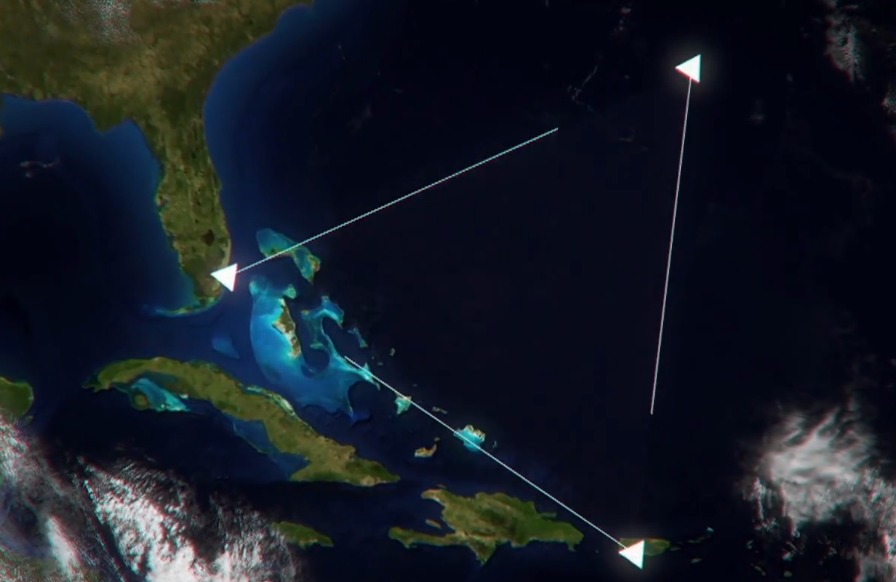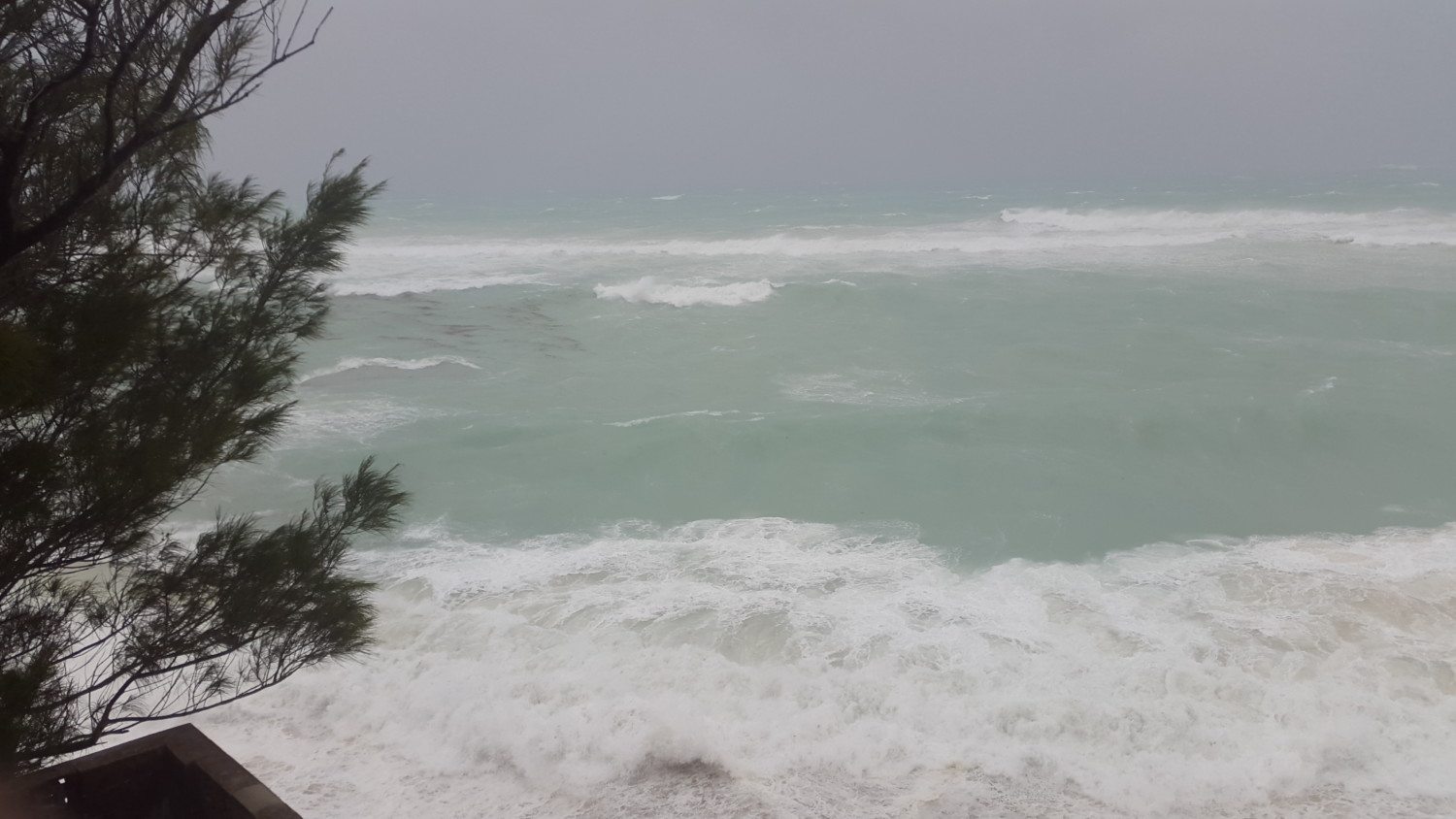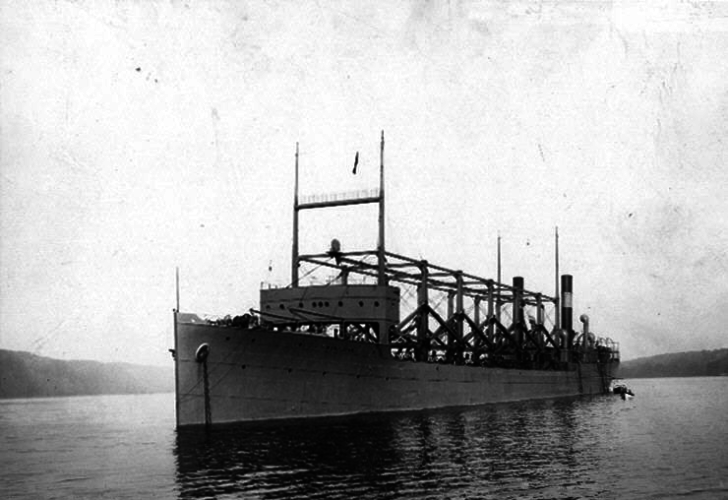Scientists Think They’ve Solved The Mystery Of The Bermuda Triangle
The Bermuda Triangle has long been a mystery to scientists everywhere. How could entire ships and air squadrons vanish from radar screens in one specific triangular-shaped region of the globe?
One possible discovery could finally answer that question.
Satellite Catches Hexagonal Clouds
On the Science Channel’s “What on Earth?” show, a pair of meteorologists recently discovered hexagonal-shaped clouds over the Bahamas through satellite images. Because clouds are generally distributed randomly and don’t have straight edges, these clouds that look like hexagons are unusual. The hexagons range in size from 20 to 55 miles across.
To find out what these clouds do, the scientists also investigated similar clouds forming off the coast of the United Kingdom in the North Sea. With a satellite specifically used to see through the clouds to the sea floor below, researchers found sea-level winds upwards of 100 miles per hour. That’s enough to produce 45-foot waves.
According to meteorologist Dr. Randy Cerveny of Arizona State University, these clouds over the UK and the Bahamas are dropping what he calls “air bombs.”
“They’re formed by what are called microbursts,” Cerveny told Science Channel. “They’re blasts of air that come down out of the bottom of the clouds and hit the ocean, and they create waves that can sometimes be massive in size once they start to interact with each other.”
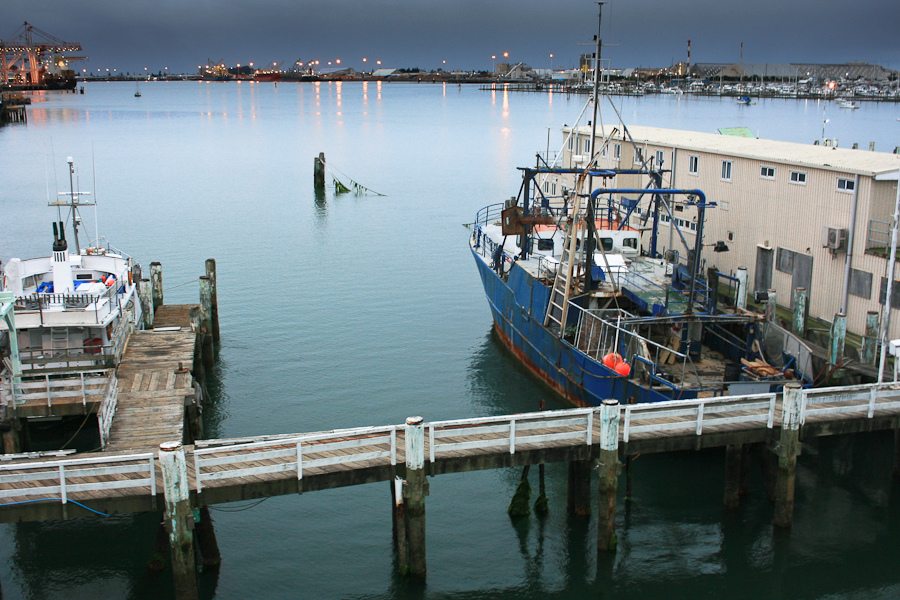

Once the blasts of air hit the water, the air spreads out, creating gusts of wind up to 170 miles per hour. That’s enough to tip over a large cargo ship or an entire fleet of airplanes.
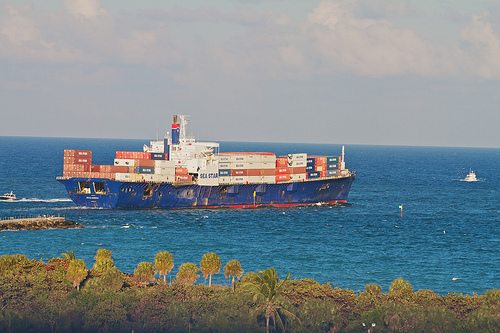

These “air bombs” and hexagonal clouds could help solve the mystery of the Bermuda Triangle, which stretches from Bermuda to Puerto Rico to southern Florida in the North Atlantic Ocean.
Does The Bermuda Triangle Lore Hold Up?
While the Bermuda Triangle’s reputation as a vortex of destruction for passing ships and airplanes has been called into question for being overblown, there have been a number of high profile disappearances.
The USS Cyclops disappeared without a trace in 1918. The ship had a crew of 309 on board and was transporting manganese ore, a heavy metal, at the time. The ship’s disappearance is the single largest loss of life in the history of the US Navy not related to combat.
In another notable case, a training flight involving five bombers disappeared without a trace. The Flight 19 bombers took off in December 1945 from Fort Lauderdale, Florida, and never returned.
What’s worse, the search and rescue aircraft charged with looking for the bombers also disappeard. The rescue craft, the PBM Mariner, was carrying 13 men.
Despite these notable disappearances, a growing consensus in the science community is that sailing or flying through the Bermuda Triangle is no more risky than traversing other parts of the open ocean. Their explanation for the disappearances of planes and ships? The waters there are massively expansive and also very deep, and thereby conducive to the loss of a boat or plane.
One popular explanation for the Bermuda Triangle’s supposedly destructive nature is that methane gas bursts from below the sea could cause passing ships and planes to disappear. The only problem with that theory, it turns out, is that the area lacks methane reserves.
RELATED: Climatologists Say Miami May Disappear Within The Century
How The New Technology May Help
With this new satellite discovery, Cerveny said, the technology could be used to monitor clouds over the Bermuda Triangle. Authorities would be alerted when a hexagonal cloud was a spotted, and they would let aircraft and ships know about the possible danger.
“These satellite images can literally be life savers,” Cerveny said.
Watch the segment from the Science Channel’s “What On Earth?” show below:


